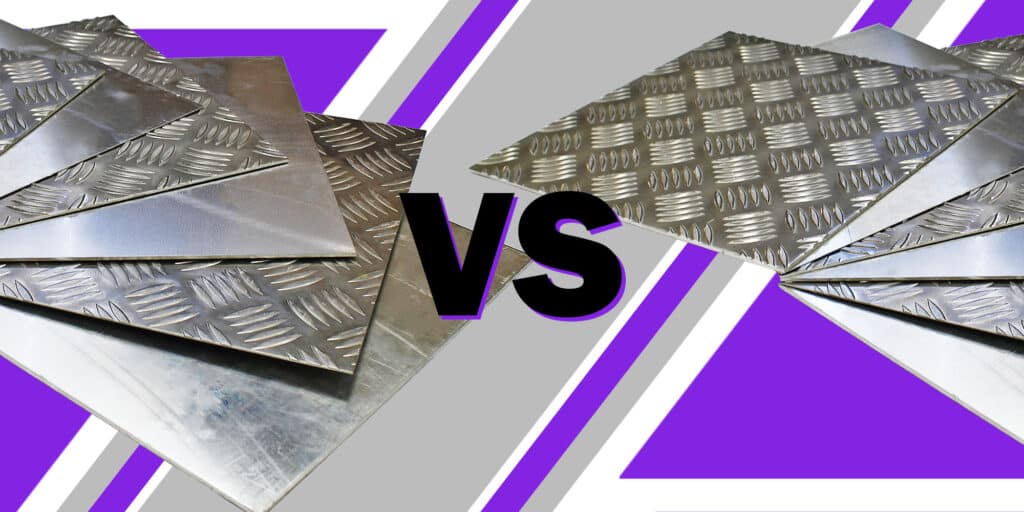
- Massive Range
- FREE UK Delivery
- Rapid Dispatch
- Massive Range
- FREE UK Delivery
- Rapid Dispatch
- Massive Range
- FREE UK Delivery
- Rapid Dispatch
Menu
Home » Understanding Corrosion: The Biggest Enemy of Metals
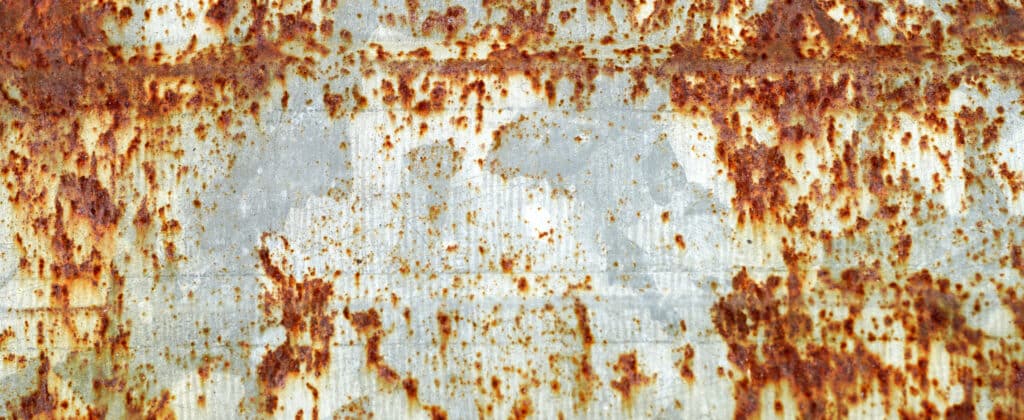
When it comes to metals, one of the most prominent and persistent threats is corrosion. Corrosion can not only weaken structures, render tools useless, and decrease the aesthetic appeal of metallic objects, but it also leads to substantial financial losses annually. In this blog, it covers everything you need to know about understanding corrosion. Let’s delve in…
Corrosion is the natural degradation of metal materials resulting from reactions with their environment, primarily driven by electrochemical processes involving the flow of charges. This deterioration can be influenced by various factors such as oxygen concentration, pH levels, the presence of electrolytes, temperature, and mechanical stresses. There are multiple forms of corrosion: uniform corrosion which thins the material evenly, pitting corrosion that causes localised perforations, galvanic corrosion occurring when two different metals contact in an electrolyte, crevice corrosion in stagnant locations, and intergranular corrosion along a metal’s grain boundaries. The implications of corrosion can be profound, impacting economics, structural integrity, and safety, necessitating the development of numerous preventative measures and control methods.
Corrosion affects almost every metal object we use. From the tiny screws in our electronic devices to massive bridges and pipelines, no metallic item is entirely safe from corrosion if exposed to the right (or rather, wrong) conditions. The implications of this are vast:
Economic Implications: Billions are spent annually on repairing and replacing corroded structures and components.
Safety Concerns: Corroded structures can fail without warning. For instance, corroded pipelines can lead to environmental disasters, and weakened bridges can collapse.
Loss of Functionality: Tools, devices, and machinery rendered inoperative by corrosion can cause productivity losses.
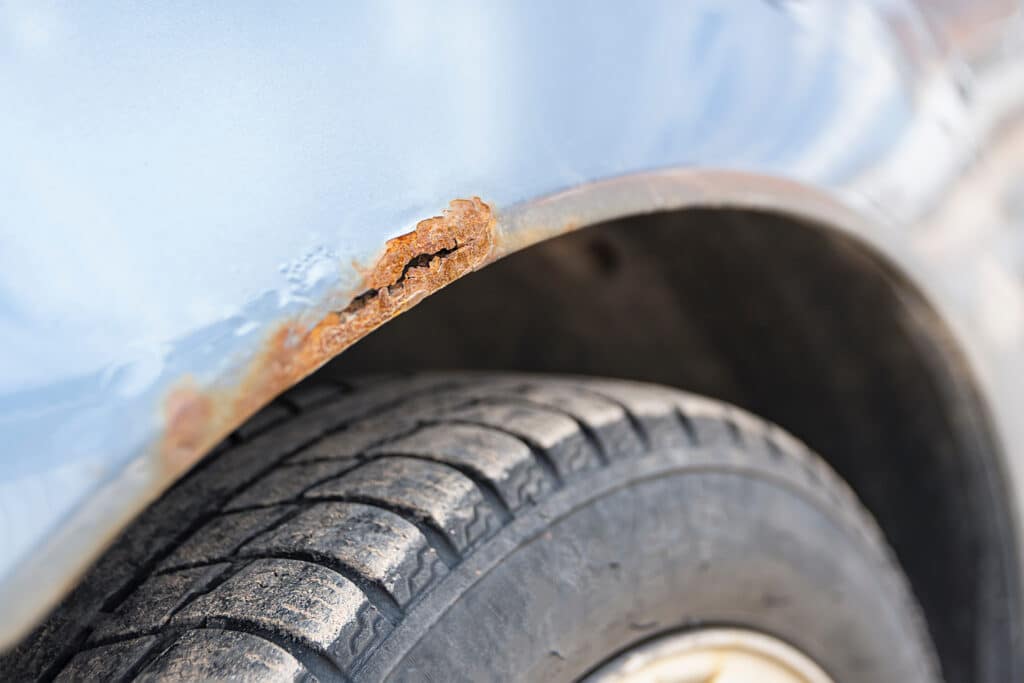
Several factors accelerate corrosion. Here’s a closer look at some of the most common:
Oxygen and Moisture: The combination of moisture and oxygen can be especially damaging, leading to the formation of rust in metals like iron.
Chemicals: Certain chemicals can accelerate the corrosion process. Industrial areas, which may release such chemicals, often have higher rates of corrosion.
Electrochemical Reactions: These involve the movement of electrons from one location to another on the metal surface, creating anodic and cathodic sites, leading to metal dissolution.
Iron (Fe): Pure iron can corrode and form rust when exposed to moist air.
Steel: It’s an alloy primarily made of iron with a small amount of carbon. Steel is susceptible to rusting, especially when not treated or coated.
Cast Iron: This is another form of iron that contains more carbon than typical steel. Cast iron can also rust when exposed to moisture.
Wrought Iron: Although it’s more resistant to rusting than pure iron or typical steel due to its low carbon content and inclusion of slag, wrought iron can still corrode and form rust under specific conditions.
Uniform Corrosion: This is the most common form where the metal corrodes at a consistent rate over its entire surface.
Galvanic Corrosion: Occurs when two dissimilar metals are in contact with one another. One metal acts as the anode and corrodes faster than it would alone, while the other, the cathode, corrodes slower.
Pitting Corrosion: Characterised by small pits or holes on the metal surface, often causing more damage than uniform corrosion because of its localised nature.
Crevice Corrosion: Occurs in the narrow crevices of metals, often between two joining surfaces.
Intergranular Corrosion: Happens along the grain boundaries of a metal, weakening its structural integrity.
Preventing corrosion is critical to maintaining the longevity and functionality of metal components and structures. Here are some effective methods to prevent or minimise corrosion:
Protective Coatings: Applying paints, varnishes, or other coatings can shield metals from corrosive environments. These coatings act as a barrier between the metal and external agents.
Cathodic Protection: This is a technique used mainly for steel structures submerged in water, such as ships and pipelines. A sacrificial anode, made of a more reactive metal, is attached to the steel. The anode corrodes in preference to the steel, providing protection.
Galvanisation: This process involves applying a protective zinc coating to steel or iron to prevent rusting. The zinc acts both as a physical barrier and a sacrificial anode.
Plating: Metals can be plated with a thin layer of a less reactive metal, like chrome or nickel, which prevents the underlying metal from corroding.
Control of Environment: This involves reducing or removing one or more of the corrosion-causing agents. For instance, dehumidifiers can be used in storage areas to remove moisture.
Selection of Appropriate Materials: Using metals and alloys that are naturally resistant to corrosion in specific environments. For example, stainless steel, which contains chromium, forms a protective oxide layer that is highly resistant to corrosion.
Phosphate Coatings: Used especially for steel, a layer of iron, zinc, or manganese phosphate provides protection against corrosion.
Corrosion Inhibitors: These are chemicals that, when added in small amounts to an environment, effectively reduce the corrosion rate. They are commonly used in cooling systems and boilers.
Proper Design: Designing structures to avoid crevices, minimise the exposure to aggressive agents, ensure proper drainage, and reduce areas where moisture can collect can help in reducing corrosion.
Regular Maintenance and Inspection: Periodically cleaning and inspecting equipment and structures helps in early detection and rectification of corrosion spots.
Electro-polishing: This process smoothens and polishes metal surfaces by removing a thin layer of the material. It enhances the corrosion resistance, especially for stainless steel.
Alloying: Mixing metals can enhance resistance to corrosion. For instance, adding tin to copper creates bronze, which is more corrosion-resistant than pure copper.
Passivation: Some metals, like stainless steel, can be treated to make their surface less reactive. This process involves creating a thin, protective oxide layer.
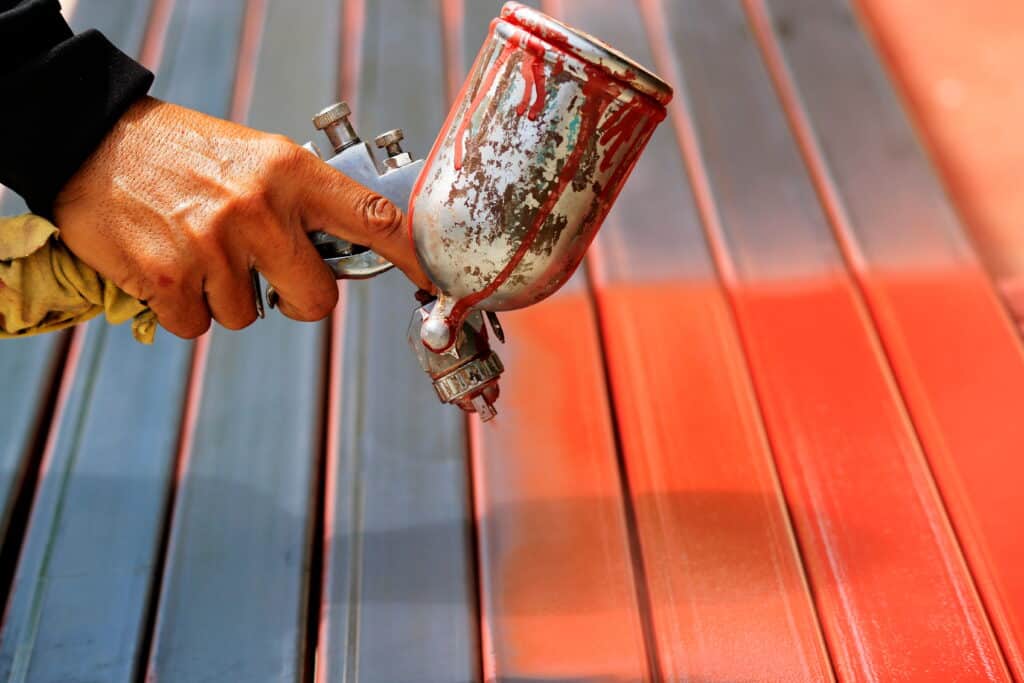
While corrosion is typically seen in a negative light due to its capacity to weaken and damage metals, there are scenarios and applications where corrosion can be beneficial or can be leveraged to advantage.
Formation of Protective Layers: Metals like aluminum and chromium form protective oxide layers that prevent further corrosion.
Aesthetic Patina: The patina formed on metals like bronze and copper due to corrosion can enhance artistic works’ aesthetic appeal.
Sacrificial Protection: Deliberate corrosion of metals like zinc (in galvanisation) protects other metals, e.g., steel, from corroding.
Battery Function: Redox reactions, akin to corrosion, are fundamental to many battery operations, providing electric current.
Natural Recycling: Corrosion can be seen as nature’s way of returning metals to their original ore state over time.
Beneficial Chemical Compounds: Some products of corrosion, like iron oxide, have useful applications in various industries.
Structural Damage: Corrosion can compromise the structural integrity of materials, posing significant risks, especially in bridges, buildings, and pipelines.
Economic Loss: The costs associated with repairing or replacing corroded structures and components can be substantial. Maintenance to prevent corrosion is also a recurring expense.
Functional Failures: Corroded components can cause machinery and devices to malfunction, reducing their efficiency and operational lifespan.
Aesthetic Degradation: Visible corrosion often tarnishes the appearance of objects, from vehicles to buildings, making them less appealing.
Material Wastage: Corrosion results in the gradual loss of the material as it’s converted into oxides or other compounds, diminishing the material’s thickness and strength.
Environmental Concerns: Corrosion can lead to leaks, especially in pipelines or tanks, potentially releasing harmful substances into the environment.
Corrosion is a silent adversary that can have significant implications. With understanding corrosion including what it is, how it happens, its types, and prevention methods, we can better equip ourselves to combat this enemy of metals. Remember, the key to managing corrosion is a combination of awareness, prevention, and proactive maintenance.
As always, thank you for checking out our blog. We hope that this helps you with your project.
Please also check out the other articles in our helpful guide series. We have written about ‘DIY Projects with Flat Bars: Creative and Functional Ideas‘ and ‘Welding Steel’ recently so why not check them out?
We are also proud to sell this product on our highly popular eBay store, check us out there too.
If you have any further questions, feel free to contact us.

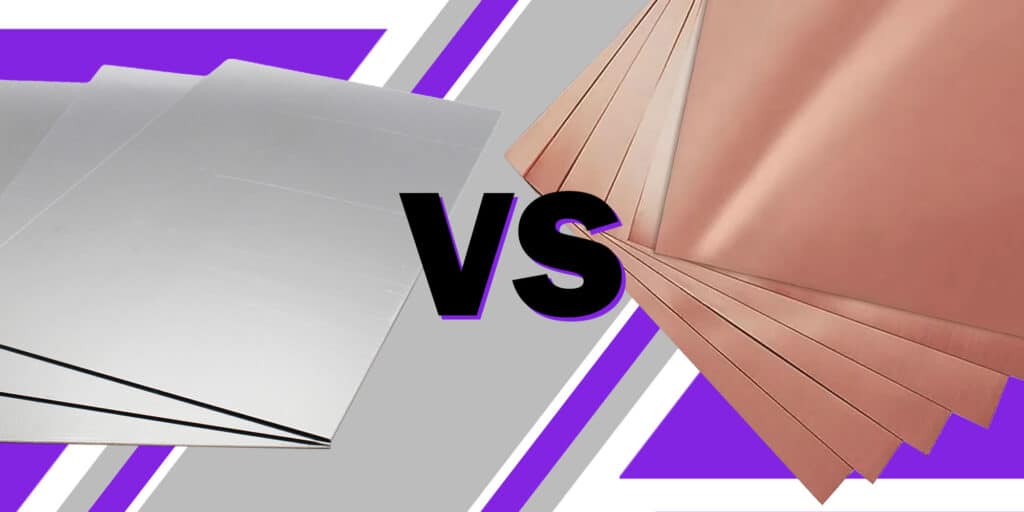

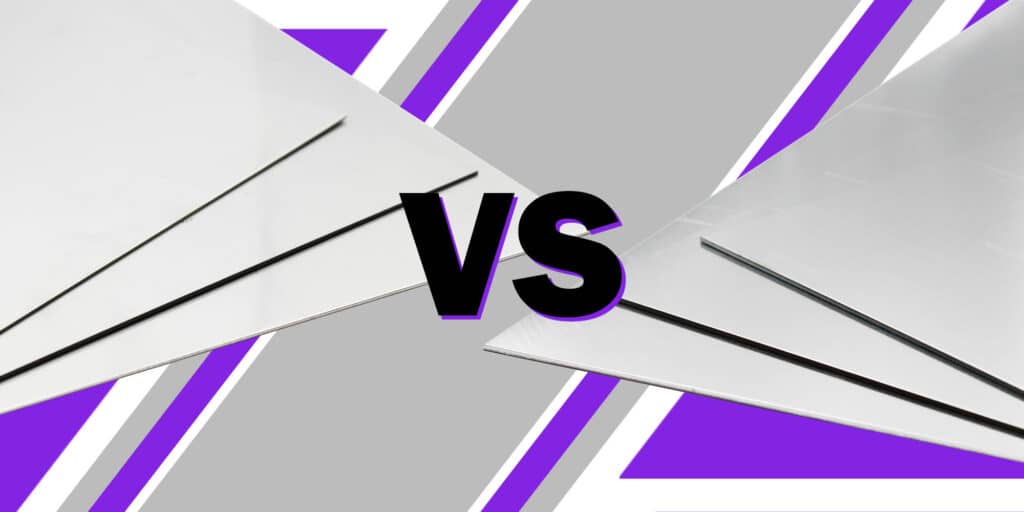
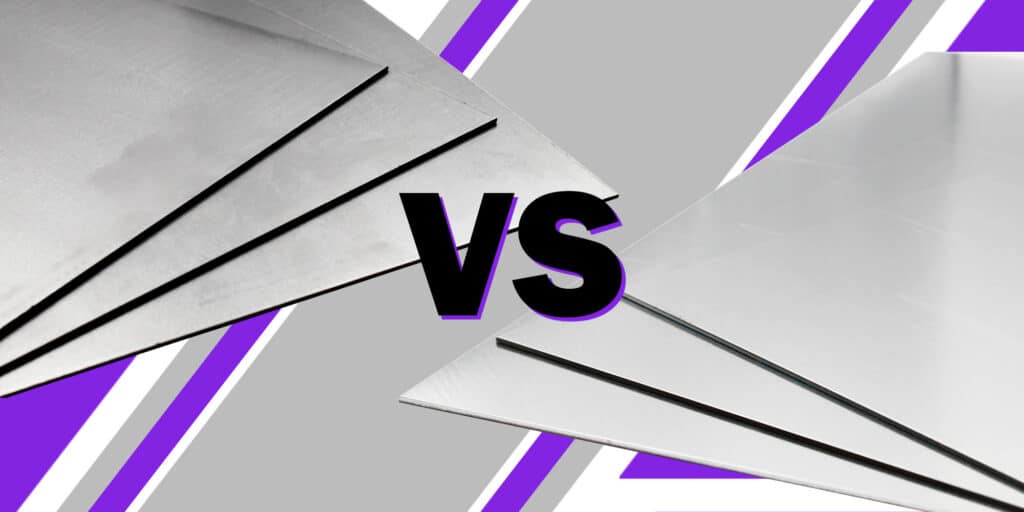
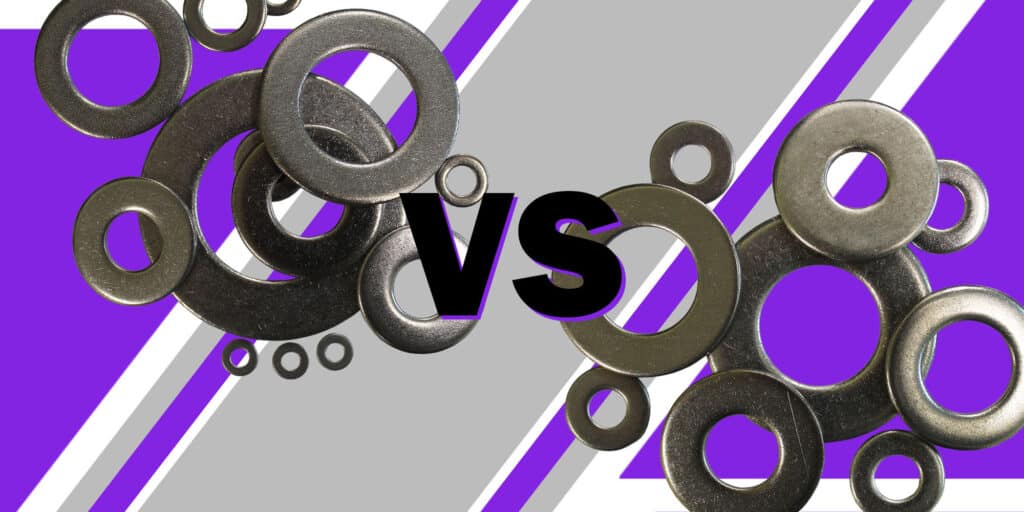
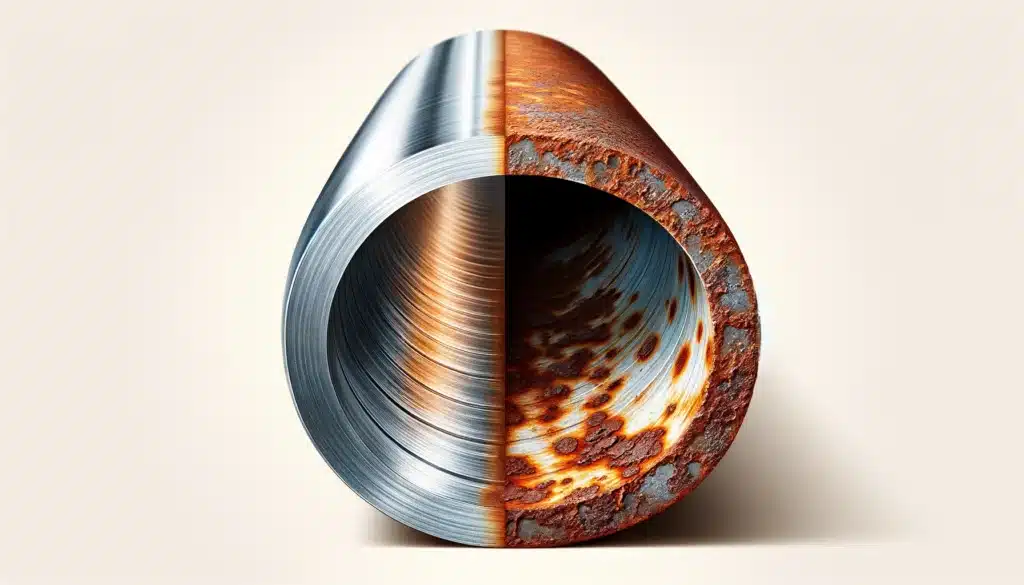
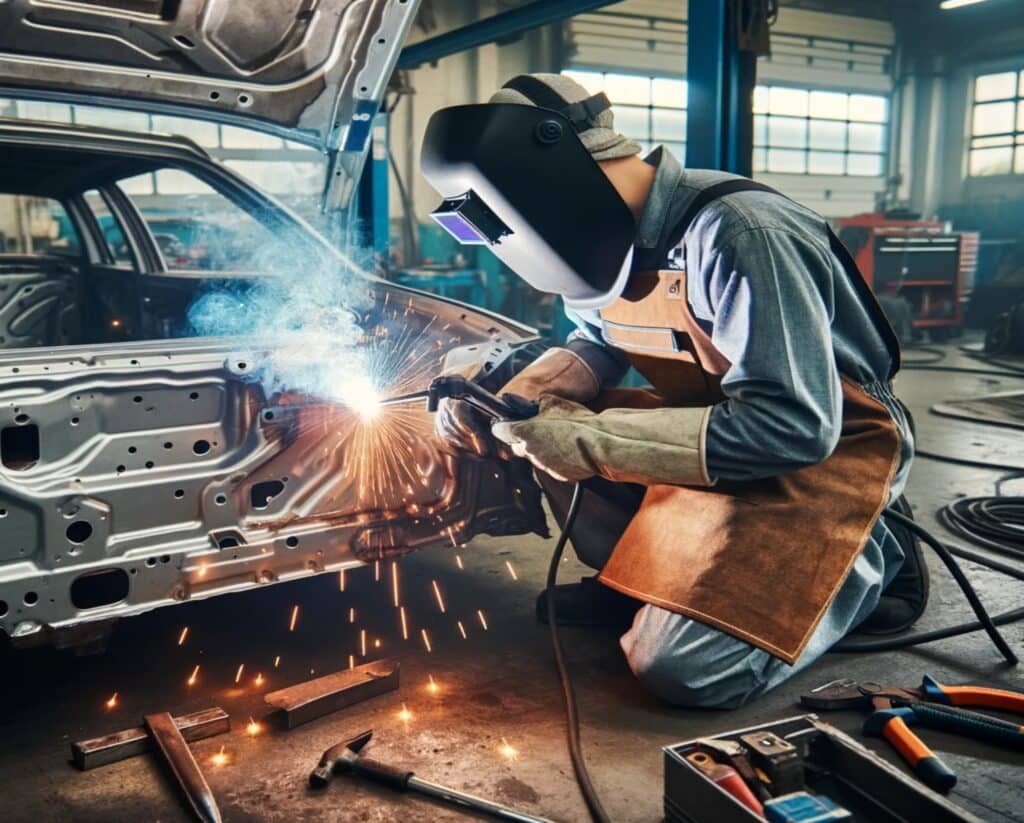
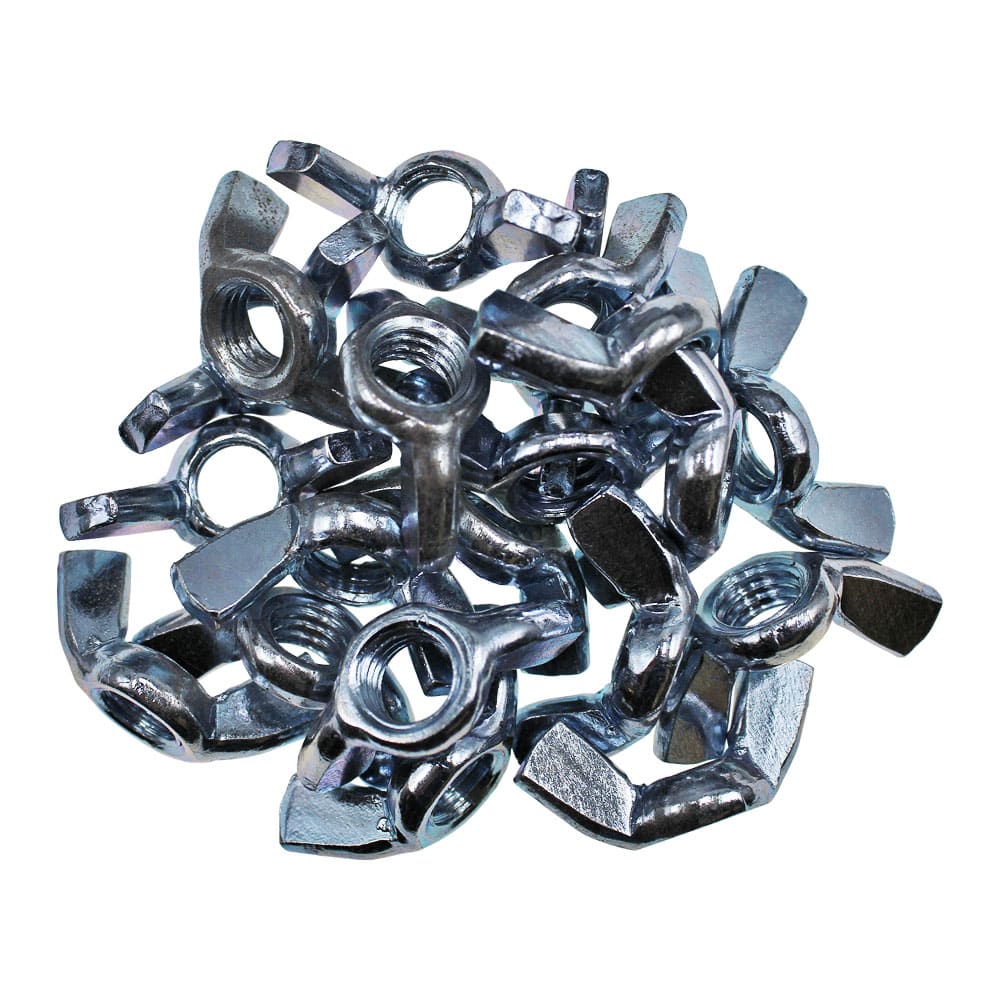
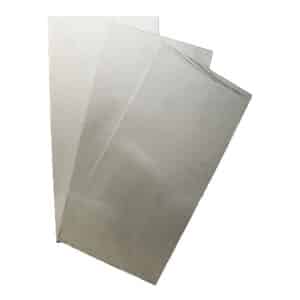
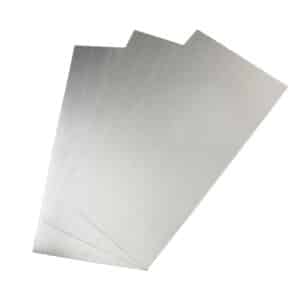
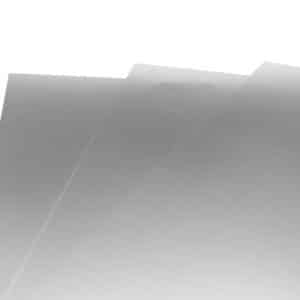
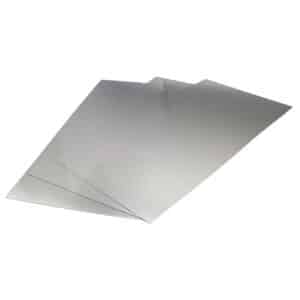
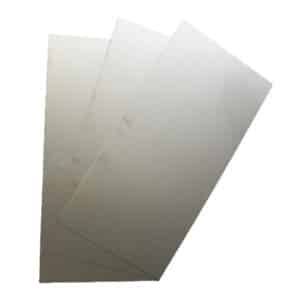
Speciality Metals
Unit 1, Farrell Street, Warrington,
Cheshire, WA1 2WW, United Kingdom
Quick Links
Payment Options
